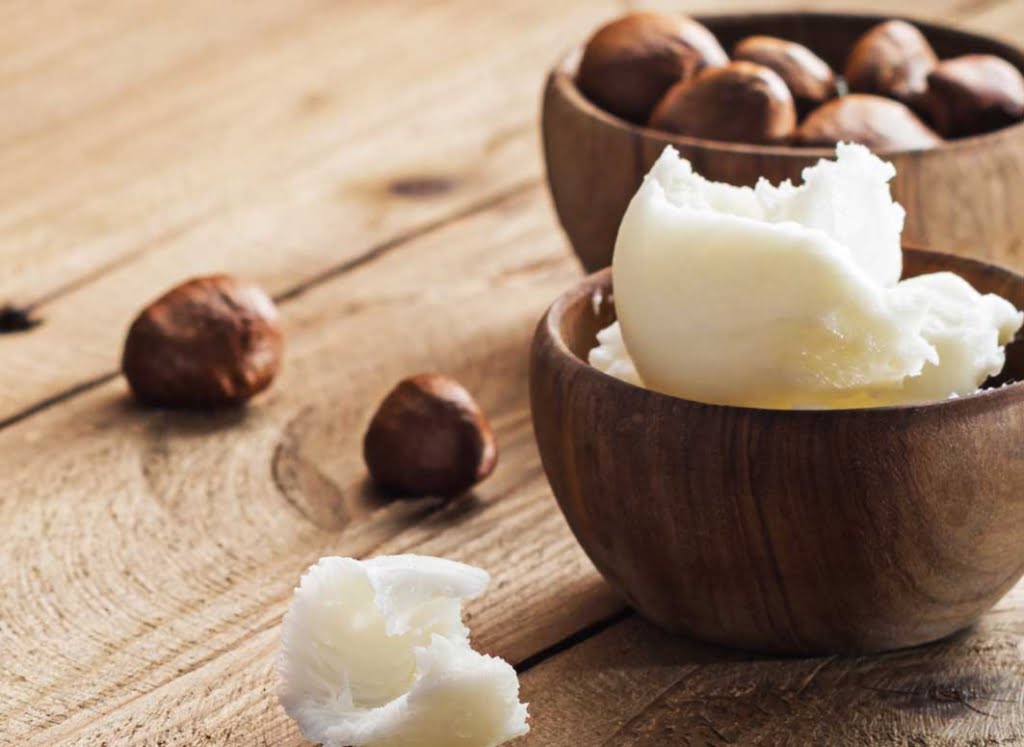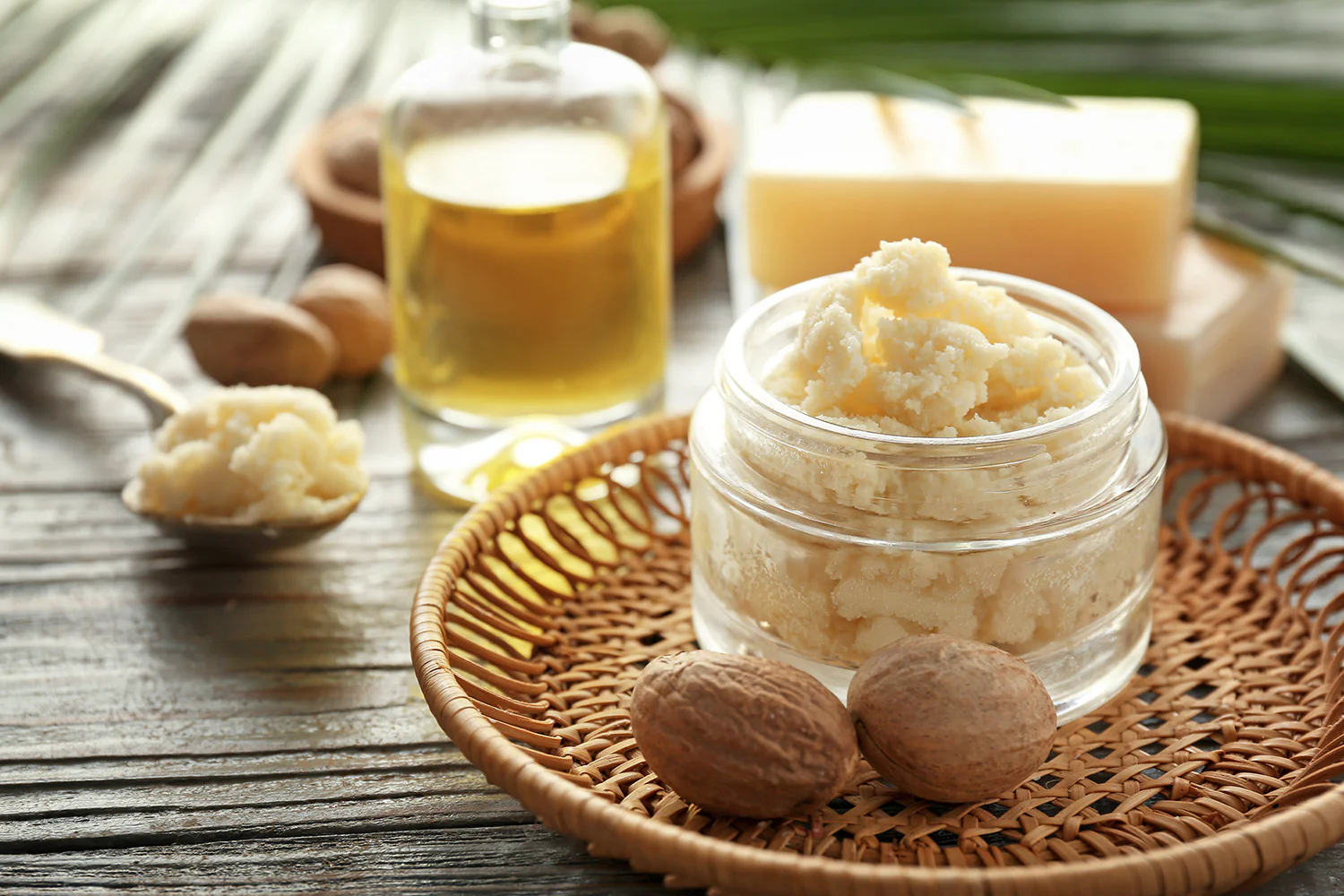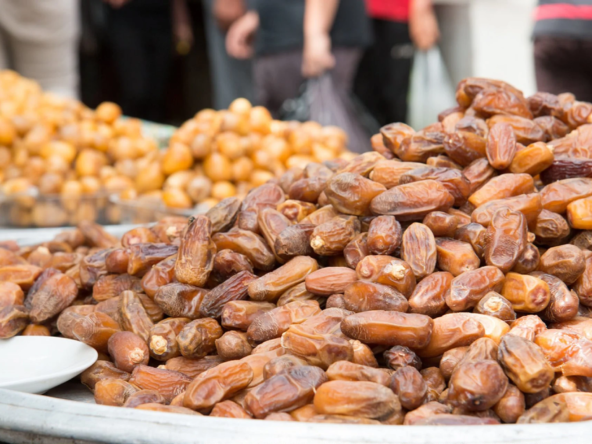Shea butter, a creamy, nutrient-rich fat extracted from the nuts of the African shea tree, has become a staple in the beauty, skincare, and food industries worldwide. Its popularity continues to surge due to its moisturizing, healing, and anti-inflammatory properties. But beyond its applications in cosmetics and food, the global demand for shea butter has a far-reaching impact on the economies of the African countries where it is primarily produced. This article explores how the shea butter trade affects local economies, examining the opportunities and challenges that come with this booming industry.
The Roots of Shea Butter Production in Africa
Shea trees, native to the savannah belt of West Africa, grow in countries such as Nigeria, Ghana, Burkina Faso, Mali, and Côte d’Ivoire. For centuries, women in these regions have harvested and processed shea nuts into butter, a labor-intensive process that requires manual collection, drying, and grinding of the nuts. Shea butter production has long been a traditional industry, passed down through generations, primarily carried out by women in rural communities.
The rise of shea butter exports has provided significant economic opportunities for these women, contributing to household incomes and improving living conditions. In many rural African areas, shea butter production serves as a vital source of income, empowering women economically and socially. Women’s cooperatives have also emerged, creating better access to resources, training, and markets for small-scale producers.
The Global Demand for Shea Butter
Over the past few decades, the global demand for natural and organic skincare products has fueled the shea butter trade. In Europe, North America, and Asia, shea butter is prized for its moisturizing and anti-aging benefits, leading cosmetic giants to incorporate it into creams, lotions, and soaps. Additionally, shea butter is used in the food industry, particularly as a cocoa butter substitute in chocolates and other processed foods. As consumer preferences shift towards sustainable and ethically sourced products, the shea butter market has grown exponentially.
According to the Global Shea Alliance, the shea industry generates between $200 million to $300 million annually, with Africa producing 90% of the world’s shea nuts. This figure highlights how crucial shea exports are for African economies.
Economic Impact on African Communities
Shea butter production is an essential driver of local economies, particularly in rural regions. The trade provides employment opportunities for millions of women involved in every stage of production—from nut collection to processing and packaging. For many, this income is their primary source of livelihood, enabling them to support their families, send their children to school, and invest in their communities.
Women’s cooperatives have also played a vital role in improving the quality and scale of production. By forming cooperatives, small-scale producers can pool resources, share knowledge, and negotiate better prices with buyers. These organizations also facilitate training in modern farming techniques, sustainability practices, and improved processing methods, helping rural women increase their yields and earn higher incomes.
Additionally, some international companies have developed fair trade partnerships with African cooperatives, ensuring that the women receive fair compensation for their labor. These fair trade agreements can lead to improved living standards, greater job security, and economic growth in shea-producing regions.

Challenges Facing the Shea Butter Industry
Despite the positive economic impact, the shea butter industry faces several challenges. One major issue is market volatility. Since shea butter is considered a niche product, fluctuations in global demand can significantly impact prices, leaving small-scale producers vulnerable. Furthermore, many rural producers lack access to modern technology and infrastructure, limiting their ability to meet international quality standards.
Climate change poses another significant threat to the industry. Shea trees take decades to mature and are highly dependent on specific environmental conditions. Droughts, deforestation, and changing weather patterns jeopardize the growth of shea trees, which could reduce the supply of nuts in the coming years. Local communities often rely on traditional methods for cultivation and processing, and adapting to new climate realities requires investment in education, technology, and sustainable practices.
Additionally, despite efforts to empower women through the shea trade, gender inequality still persists in many regions. Women’s involvement in decision-making processes remains limited, and they often face challenges in accessing financial resources and market information. Addressing these structural issues is crucial for the long-term sustainability of the shea butter industry.
The Future of Shea Butter Exports
Looking ahead, the future of the shea butter industry appears promising, especially if key challenges are addressed. Increased demand for sustainable, eco-friendly products presents an opportunity for African producers to further expand their market share globally. Additionally, the growth of direct-to-consumer and e-commerce platforms allows small-scale shea butter producers to connect with global consumers more easily.
Investing in sustainable practices is vital to ensure the long-term viability of the shea trade. Governments, NGOs, and international companies should collaborate with local communities to provide training on sustainable farming techniques, climate resilience, and eco-friendly processing methods. This approach will help mitigate the risks posed by environmental challenges and ensure that shea butter production remains a viable economic activity for future generations.
Moreover, continuing to empower women’s cooperatives will be key to fostering equitable growth. Strengthening women’s roles in decision-making, improving access to education and technology, and expanding fair trade agreements can further enhance the positive impact of shea butter production on local economies.
Conclusion
The global shea butter trade represents both an economic lifeline and a cultural tradition for many African communities. While the industry has generated significant economic opportunities for women and rural economies, challenges such as market volatility, climate change, and gender inequality must be addressed to ensure the industry’s sustainability.
As the world becomes more conscious of ethical sourcing and sustainable practices, the shea butter industry is well-positioned to thrive. With continued support for women’s empowerment, fair trade practices, and sustainable farming techniques, the industry has the potential to drive even greater economic development in African communities, creating a lasting global impact.
Ajigofarms is a reliable global agricultural purchase sourcing with profound expertise in the manufacturing, and exportation of food crops. We are tested, and trusted suppliers of all kinds of cash crops and food crops. Our constant supply chain solution makes exporting easy, quick, and safe, we are identified with timeliness and meeting up with deadlines. Regardless of the region you are located in worldwide, you can reliably order your Agric products and be rest assured of successful delivery.




